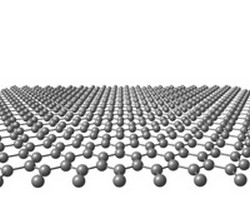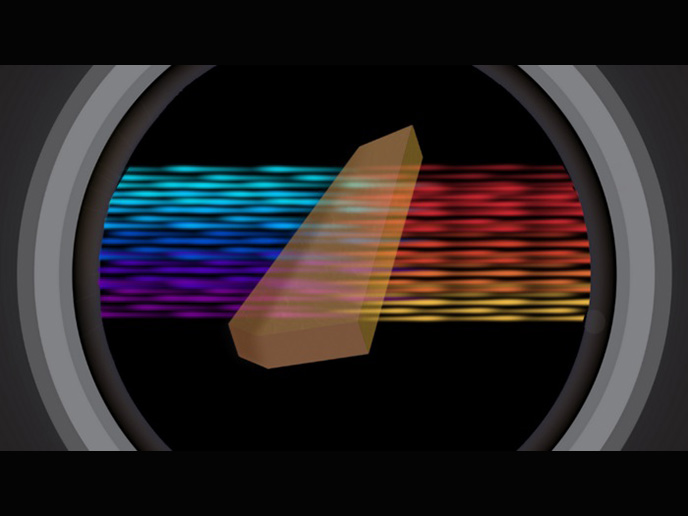Tuning the optical emission of nanosheets
Graphene, a single-atom thick sheet of carbon atoms, has amazing strength to weight ratio and many other unusual properties. Graphene-like two-dimensional nanosheets have been in the research spotlight. In particular, compounds of transition metals - such as titanium - show great promise for use in renewable energy technologies, nano-optoelectronics and nanocatalysis. Full exploitation depends on detailed characterisation of the electronic and optical properties of such materials. EU-funded scientists utilised theory, simulation and experiments to enhance insight from the atomic scale up with work on the project 'Understanding and exploiting dielectric response in novel semiconducting nanosheets' (EXPRESS). Remarkable results were obtained regarding the dielectric properties of materials for light-emitting devices in the far-ultraviolet (UV) range using hexagonal boron nitride (hBN)-based systems. The main motivation of the work was related to the fact that emission at a single frequency occurs only in very pure samples and the multiple emission frequencies in common hBN are attributed to defects. However, the large number of experimental studies had not achieved correlation of specific emission features to well identified defective structures. Advanced numerical methods for many-body solid-state physics have shown that opticalspectra and excitonic effects in bulk hBN can be strongly affected by symmetry distortions. These distortions are induced by crystal stacking faults and the associated atomic interactions between planes. Theories were then correlated with experimental results and used to explain them correctly. EXPRESS findings suggest that deliberately inducing stacking faults in a perfect hBN crystal could be a way to tune the emission spectra in the far-UV region. Conversely, analysis of the complex spectra can be a way to map structural defects. Finally, outcomes show that many-body solid-state physics models are highly accurate when applied to the new class of layered materials with great technological potential. These tools will thus be invaluable in predictive modelling and hypothesis formulation for effective design of future experiments. Knowledge contributed by EXPRESS will thus speed the discovery process and the development of exciting new products for a variety of applications.







